Buenos aires tetra - Hyphessobrycon anisitsi
Scientific name: Hyphessobrycon anisitsi
Common name: Buenos aires tetra
Family: Characidae
Usual size in fish tanks: 5 - 6 cm (1.97 - 2.36 inch)
014
Recommended pH range: 6 - 7.5
Recommended water hardness: 2 - 12°N (35.71 - 214.29ppm)
0°C 32°F30°C 86°F
Recommended temperature range: 20 - 26 °C (68 - 78.8°F)
The way how these fish reproduce: Spawning
Where the species comes from: South America
Temperament to its own species: peaceful
Temperament toward other fish species: peaceful
Usual place in the tank: Middle levels
General Information
The Buenos Aires tetra (Hyphessobrycon / Psalidodon anisitsi) is a hardy, fast-swimming characin native to the Río de la Plata basin—widely distributed in the Paraná/Paraguay systems and the Uruguay watershed across Argentina, Paraguay, Uruguay and southeastern Brazil. Adults typically reach 5–6 cm and form tight, lively schools. (Some modern sources place the species in the genus Psalidodon.)
Food & Feeding
Omnivorous: takes worms, insects, small crustaceans and plant matter. Use quality flakes or small sinking pellets as staple, and rotate frozen/live foods (baby brine shrimp, daphnia, cyclops, finely chopped bloodworms). Include vegetable content (spirulina, blanched greens) to satisfy grazing tendencies and help reduce plant-nipping. Feed small portions 1–2× daily.
Sexing
Differences are subtle: females are deeper-bodied (plumper when gravid), while males are slimmer; color is otherwise similar.
Breeding
An egg-scattering tetra with no parental care. Use a separate dim tank with fine plants/spawning mops or marbles; remove adults post-spawn. In captivity the eggs usually hatch in ~20–24 hours, and fry are free-swimming a few days later. Start with infusoria/liquid fry food, then Artemia nauplii.
Lifespan
Commonly 5–7 years with good maintenance; they’re considered among the hardiest small tetras.
Tank Requirements & Water Parameters
- Tank size: long tank of 80–90 cm (32–36″) minimum for a shoal; larger is better for adults.
- Water: tolerant and adaptable; aim for pH ~6.0–7.5, hardness ~2–12 °dH, temperature 20–26 °C (tolerates 18–28 °C). Cooler end often yields calmer behavior and longer lifespan.
- Filtration & flow: clean, well-oxygenated water with moderate flow; regular sizeable water changes keep them in peak condition.
- Aquascape: open mid-water lanes plus robust plants and hardscape. Because they nip soft plants, favor tougher species or plant-protected layouts.
Compatibility & Temperament
Boisterous shoaler—can be nippy. Keep in groups of 8–10 to diffuse aggression. Choose robust, fast tank mates (larger tetras/rasboras, barbs, rainbows, sturdy catfishes). Avoid long-finned, slow, or tiny species that may be harassed.
Behaviour & Usual Place in the Tank
Active mid-water schooling fish; they dash into cover when startled but spend most time in the middle of the column.
Short Description
Buenos Aires tetras are hardy, lively characins from the La Plata basin. Keep them in sizable shoals, provide open swimming space, robust plants, and a mixed omnivorous diet. Expect occasional plant-nipping and a confident, energetic presence in community aquaria.
Q&A
- Where are they from? Widespread in the Río de la Plata basin: Argentina, Paraguay, Uruguay, and SE Brazil.
- Are they plant-safe? Not really—known plant-nippers; use tough plants or plan for grazing.
- How many should I keep? At least 8–10 to reduce nipping and establish a stable hierarchy.
- Breeding time? Eggs typically hatch in ~20–24 h at typical aquarium temps; fry free-swim after a few days.
Pictures
Bought by aqua-fish.net from jjphoto.dk.
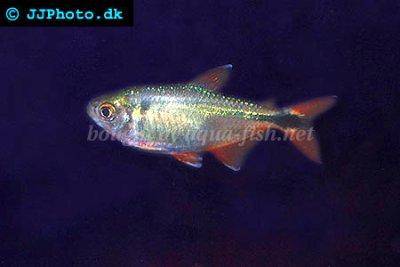







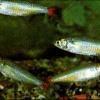 Bloodfin
Bloodfin 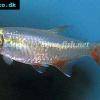 Bloodfin
Bloodfin 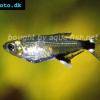 Panda
Panda 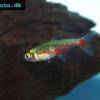 Green
Green 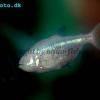 Blind
Blind 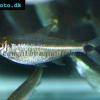 Kennedy
Kennedy 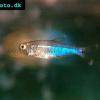 Blue
Blue 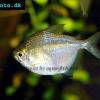 Discus
Discus 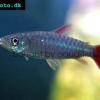 Pink
Pink 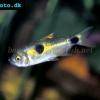 Bucktoothed
Bucktoothed 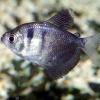 Black
Black 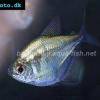 False
False 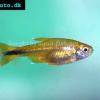 Silver
Silver  Hemigrammus
Hemigrammus 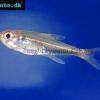 Dash-dot
Dash-dot 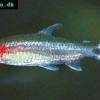 Rummy
Rummy 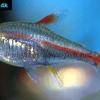 Glowlight
Glowlight 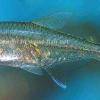 January
January 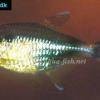 Head
Head 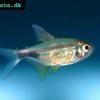 Garnet
Garnet 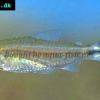 Rummy
Rummy 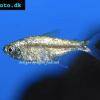 Gold
Gold 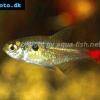 Red
Red 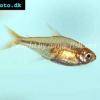 Ember
Ember 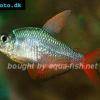 Colombian
Colombian 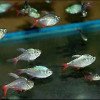 Ecuador
Ecuador 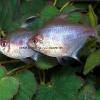 Bleeding
Bleeding 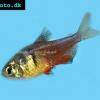 Flame
Flame 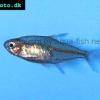 Georgett’s
Georgett’s 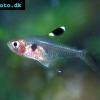 Griems
Griems 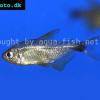 Kitty
Kitty 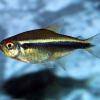 Black
Black 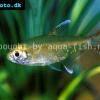 Firefin
Firefin 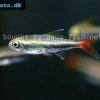 Loreto
Loreto 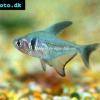 Black
Black 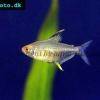 Lemon
Lemon 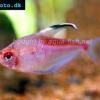 Redback
Redback 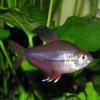 Rosy
Rosy 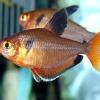 Serpae
Serpae 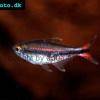 Savanna
Savanna 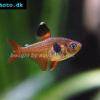 Red
Red 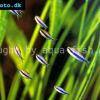 Blue
Blue 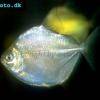 Silver
Silver 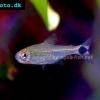 Ceros
Ceros 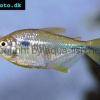 Napo
Napo 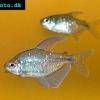 Diamond
Diamond 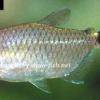 Red
Red 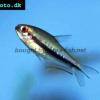 Rainbow
Rainbow 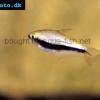 Emperor
Emperor 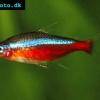 Cardinal
Cardinal 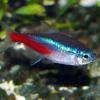 Neon
Neon 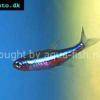 Green
Green 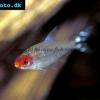 False
False 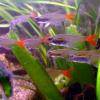 Glass
Glass 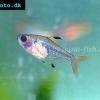 X-ray
X-ray 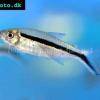 Penguin
Penguin